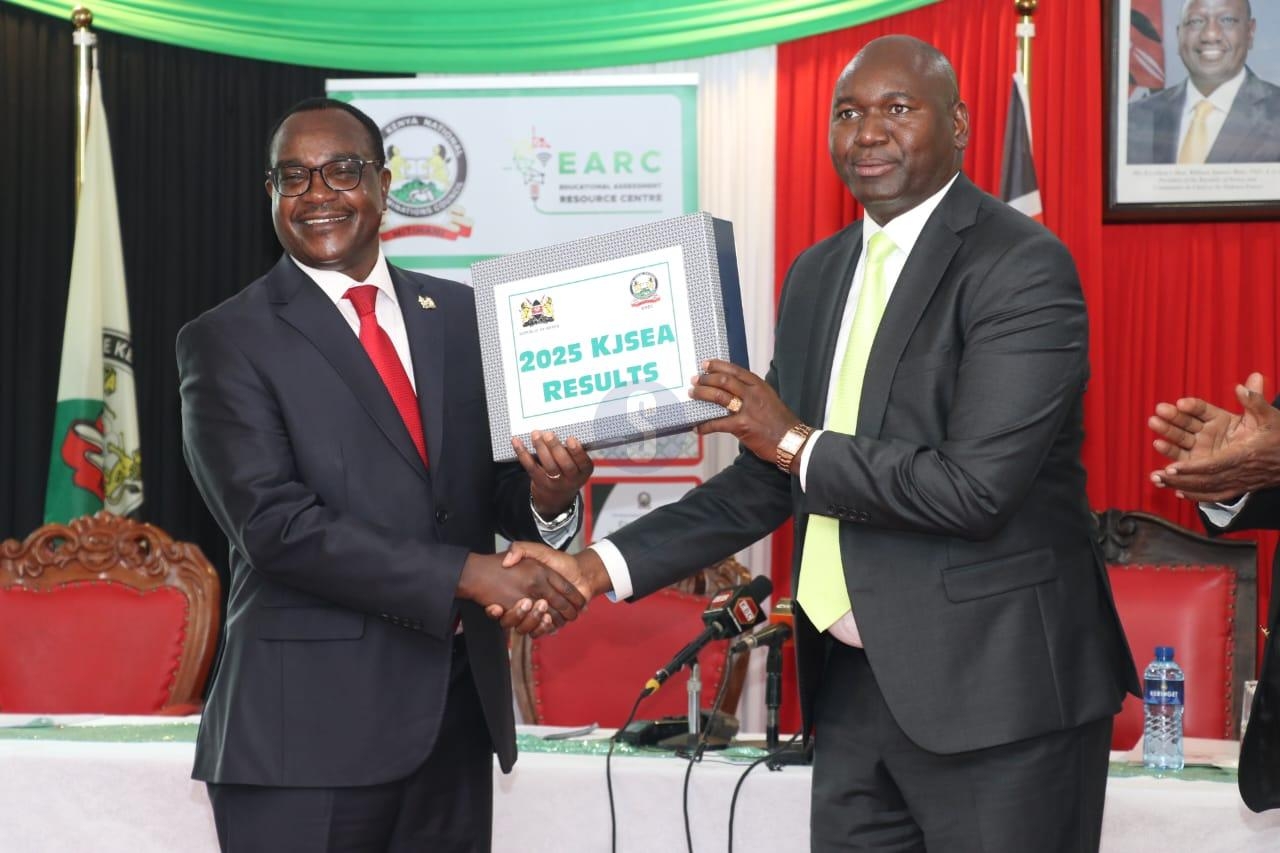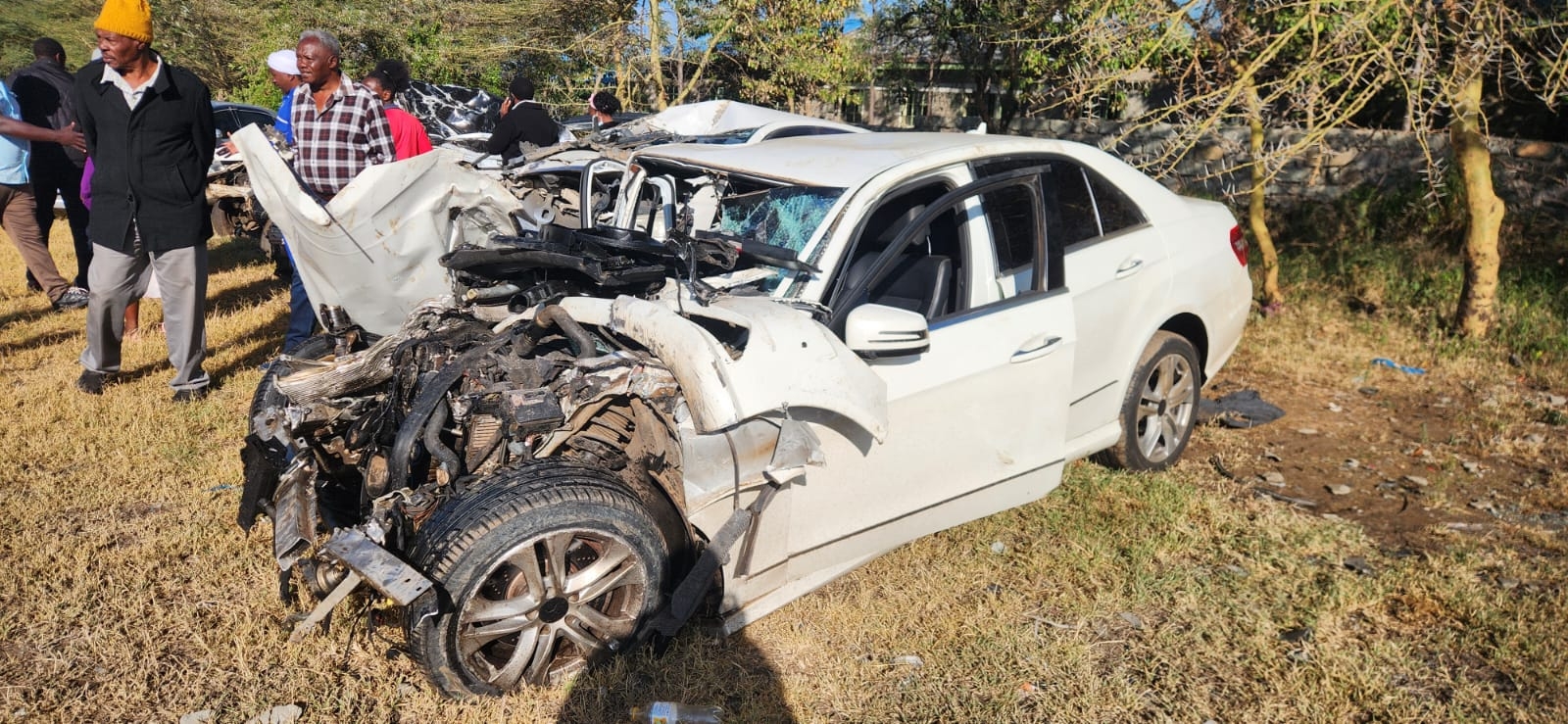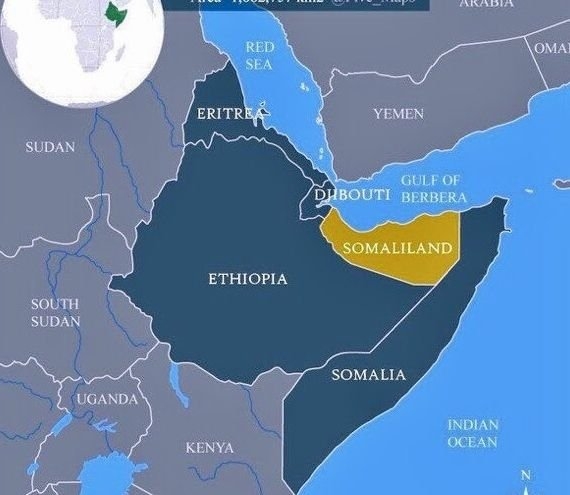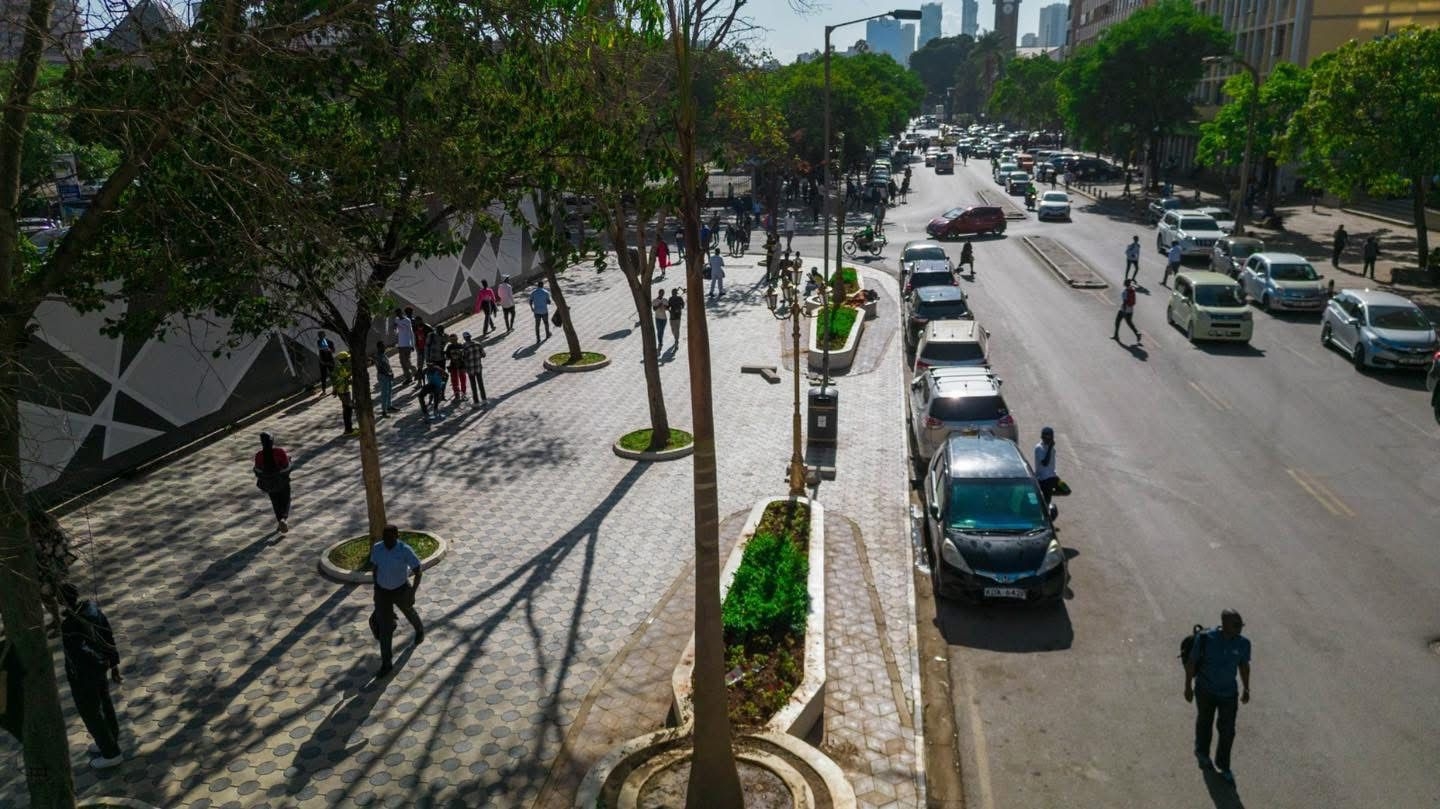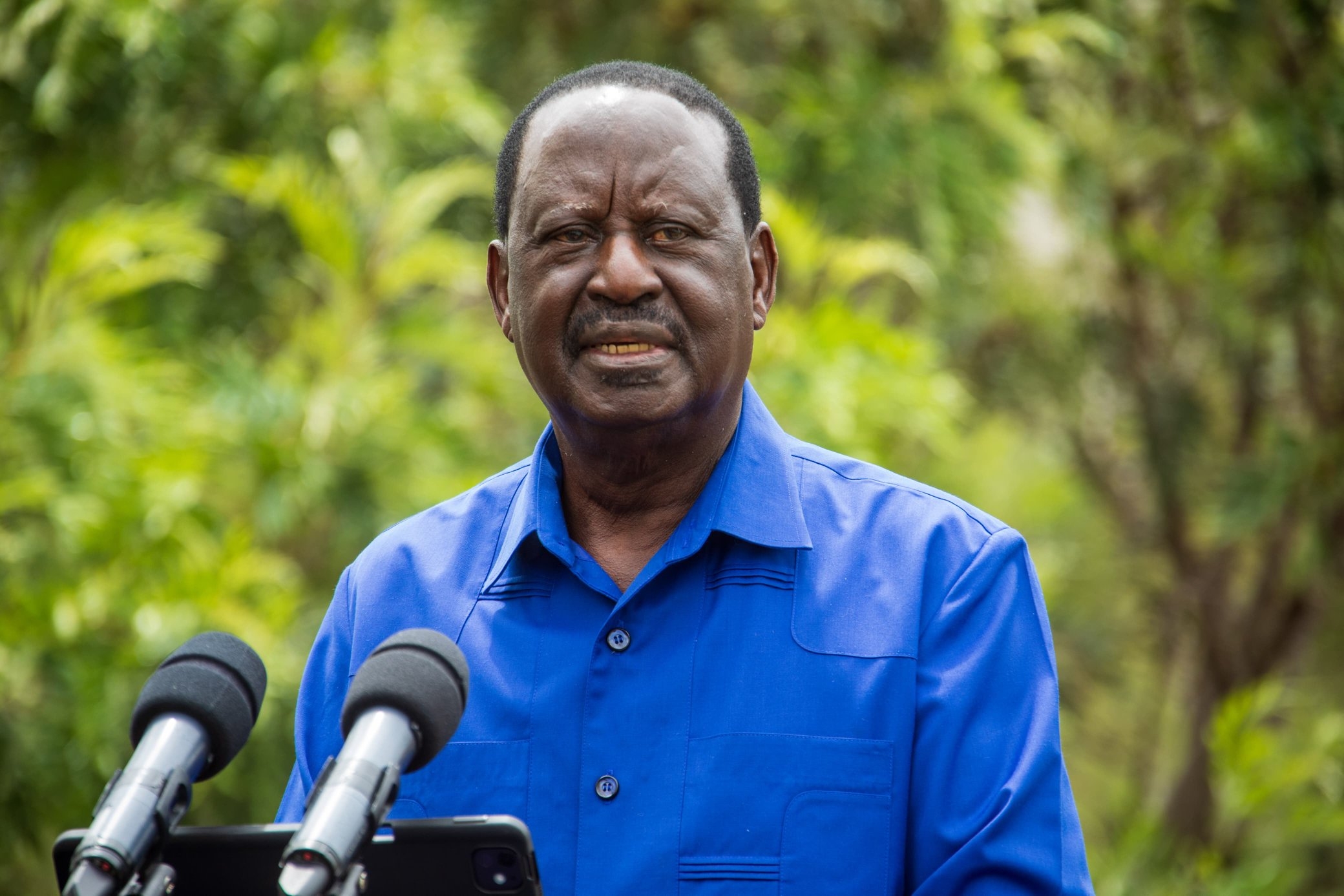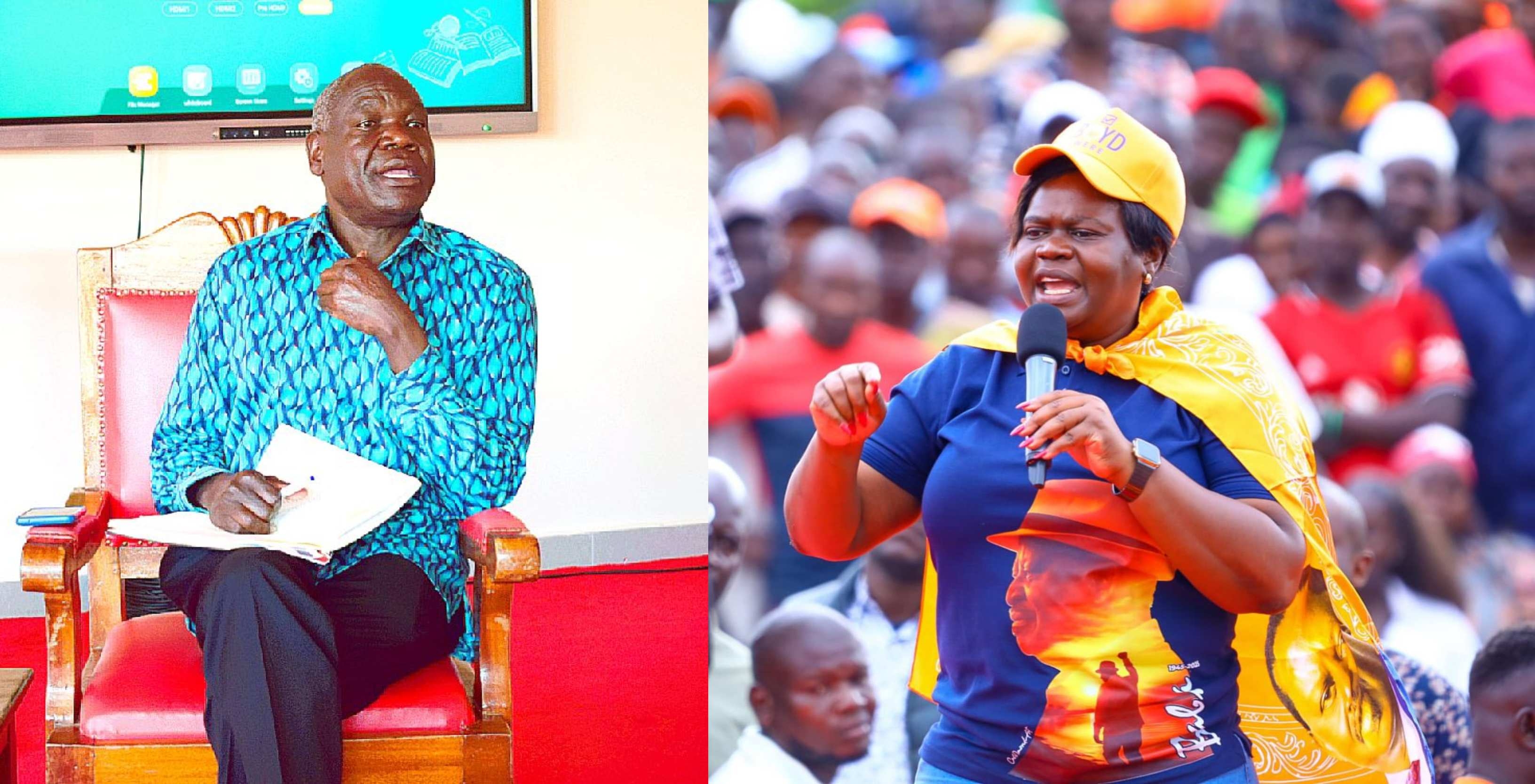
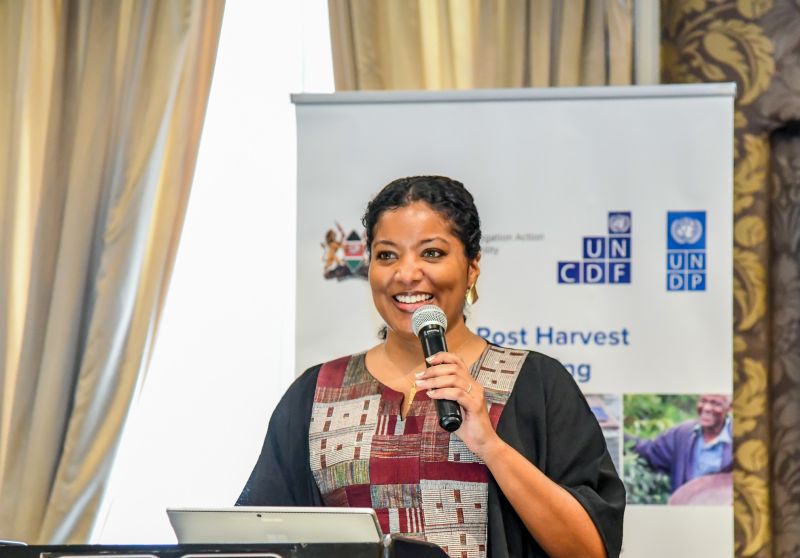
Kenya has unveiled a program to accelerate the country’s shift to electric transport Safiri Electric Program through the Kenya Two and Three-Wheeler Electric Mobility.
The initiative aim to reduce pollution, cut fuel imports, and promote green jobs by transitioning two and three-wheelers from internal combustion engines to electric power.
World Resources Institute (WRI) Africa Deputy Director Rebekah Shirley said the program will help ease access to finance for both suppliers and users.
“We are working with partners, including the Africa Guarantee Fund and others, to look at guarantee mechanisms and credit enhancement mechanisms that make it easier for both sides of that equation to access the finance that they need,” she said.
She added that the project aims to raise Kenya’s e-mobility penetration from about a 5 per cent penetration right now to 15 per cent penetration in about three years’ time.
According to her, the broader Kenya Two and Three-Wheeler Electric Mobility Project is supported through the Mitigation Action Facility, a multi-donor funding platform.
“Our project is all about how do we transition the electric mobility sector, especially in the two- and three-wheeler market, from an initial sort of state of market readiness to a more advanced, more mature state of market penetration,” she said.
Shirley emphasised that Kenya’s electric mobility revolution will be led by motorcycles and three-wheelers.
“A good friend of mine said that in Kenya and in East Africa, the electric mobility revolution is going to roll in on two wheels. I think the two and three wheeler sector is the sector that's going to advance most rapidly into electric mobility because it makes sense.”
She, however, said on the end-user side, part of the challenge is access to finance and without a strong credit history or without collateral, it can be hard to access small loans to make purchases.
World Resources Institute (WRI) Kenya Country Representative and head of Air Quality Work across Africa George Mwaniki said the project is both timely and transformative.
Mwaniki said the project is looking to address some of the barriers including on the policy side and also on the financial side to unlock that transition.
To tackle financing challenges, Mwaniki added that WRI is partnering with local banks to provide affordable loans.
“We are working closely with the local banks to make sure that the banks can give low interest loans and extend the loan tenor period for both end users and also for the manufacturers and assembly of these bikes,” he said.
“The future of e-mobility is the transport sector domination. In Kenya, I'm seeing Kenya moving very quickly for two and three wheelers. The next big sector with a lot of potential is the public transport.”
He, however, said for personal vehicles, that might take a while because the country need a lot of public sector investments in the charging stations, especially for longer distances.
“But for two and three wheelers and the public transport, those are sectors that can move really quickly.”
Both leaders highlighted the program’s potential benefits from cleaner air and lower fuel costs to job creation in manufacturing and assembly.
“An average boda boda can emit as much air pollutants as ten small vehicles. Transitioning to e-bikes will have a huge benefit to air quality,” Mwaniki added.
The Electrifying Kenya’s Two and Three Wheelers initiative is a five-year national program to accelerate the adoption of electric two- and three-wheelers, Kenya’s most common transport modes.
The program will provide financing mechanisms to support the uptake of around 68,000 electric vehicles (EV) across Kilifi, Kiambu, and Kajiado counties.
The project contributes to Kenya’s Enhanced NDC target of a 32 per cent reduction
in greenhouse gas emissions by 2030.
It is expected to cut one million tonnes of emissions over ten years, generate approximately 68,000 direct green jobs, and strengthen local EV assembly and manufacturing capacity.
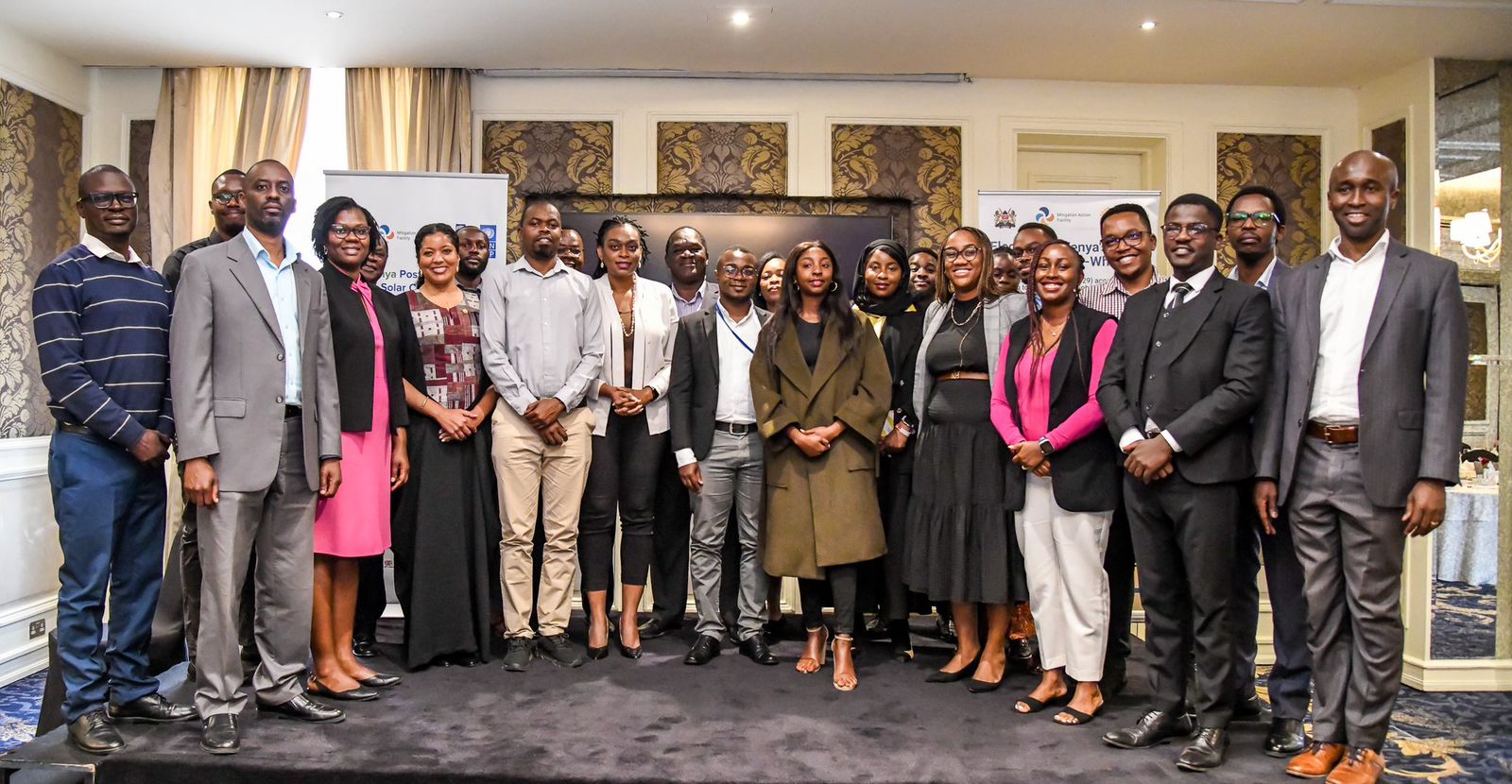
Jointly, the United Nations Development Programme (UNDP), United Nations Capital Development Fund (UNCDF) and WRI launched the deployment of solar-powered cold storage units to reduce post-harvest food losses.
In partnership with the government, UNDP and the United Nations Capital Development Fund (UNCDF) will deploy 1,000 solar-powered cold storage units across Kenya.
The project is designed to preserve 5,000 tons of food, reduce methane emissions, and increase incomes for 60,000 smallholder farmers.
The initiative supports Kenya’s Climate Smart Agriculture Strategy and its updated Nationally Determined Contributions (NDCs) under the Paris Agreement.
Over its lifetime, the project is expected to prevent emissions equivalent to 4.8 million tons of CO₂e.
Environment PS Festus Ngeno said the initiatives demonstrate how Kenya is integrating climate action with economic development.
“By supporting farmers with solar-powered cold storage and expanding clean transport, we are not only reducing emissions but also building resilient communities and local industries,” he said
“This holistic approach shows that sustainable development and climate goals can advance hand in hand.”




